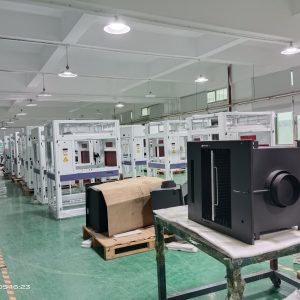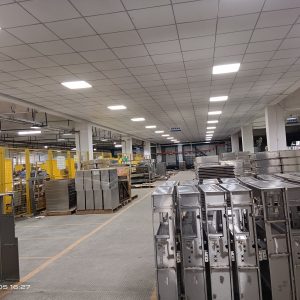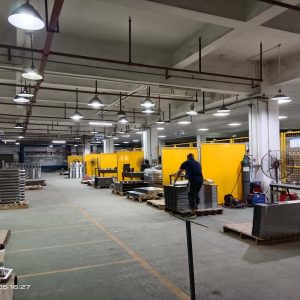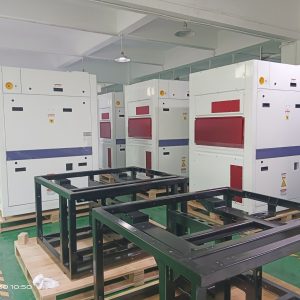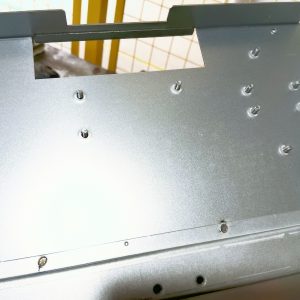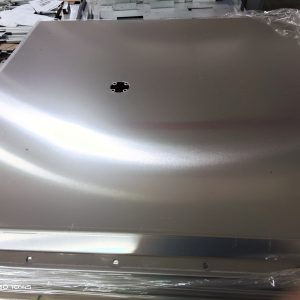Riveting, while a widely used method for joining materials, has several disadvantages:
- Labor-Intensive Process: Riveting often requires manual labor, which can be time-consuming and costly. This makes it less suitable for high-volume production compared to automated welding or adhesive bonding.
- Higher Weight: Rivets add weight to the assembly, which can be a drawback in industries where weight is a critical factor, such as aerospace or automotive manufacturing.
- Structural Weakness: Riveted joints may create stress concentrations around the rivet holes, which can weaken the structure. Over time, these stress points can lead to fatigue and potential failure.
- Complex Assembly: Riveting requires precise alignment of the components, and the holes for the rivets must be drilled or punched accurately. Misalignment or improper hole placement can compromise the integrity of the joint.
- Difficulty in Dismantling: Once installed, rivets are permanent and not easily removed without damaging the components. This makes repairs or modifications more challenging compared to bolts or screws.
- Noise and Vibration: Riveting can generate noise and vibration during the assembly process, which might be a concern in environments where noise control is important.
- Corrosion Potential: If not properly treated, the areas around the rivets can be prone to corrosion, especially in environments with high humidity or exposure to chemicals. This is particularly true if dissimilar metals are used for the rivet and the joined materials.
- Limited Load-Bearing Capacity: Rivets may not be suitable for applications requiring high load-bearing capacity, as they rely on shear and tensile strength, which may be lower compared to welded joints.
These disadvantages can make riveting less suitable for certain applications, especially where automated processes, weight reduction, or high structural integrity are priorities.
Related Links
sheet metal fabrication company china | china sheet metal forming manufacturers | china sheet metal fabrication manufacturers | china custom sheet metal parts | china sheet metal fabrication companies | china sheet metal fabrication factory | sheet metal fabrication companies in china | sheet metal parts manufacturing china | china sheet metal parts manufacturers | china sheet metal parts company | china metal enclosure manufacturers | china aluminum sheet metal fabrication manufacturers | china sheet metal manufacturing manufacturers
